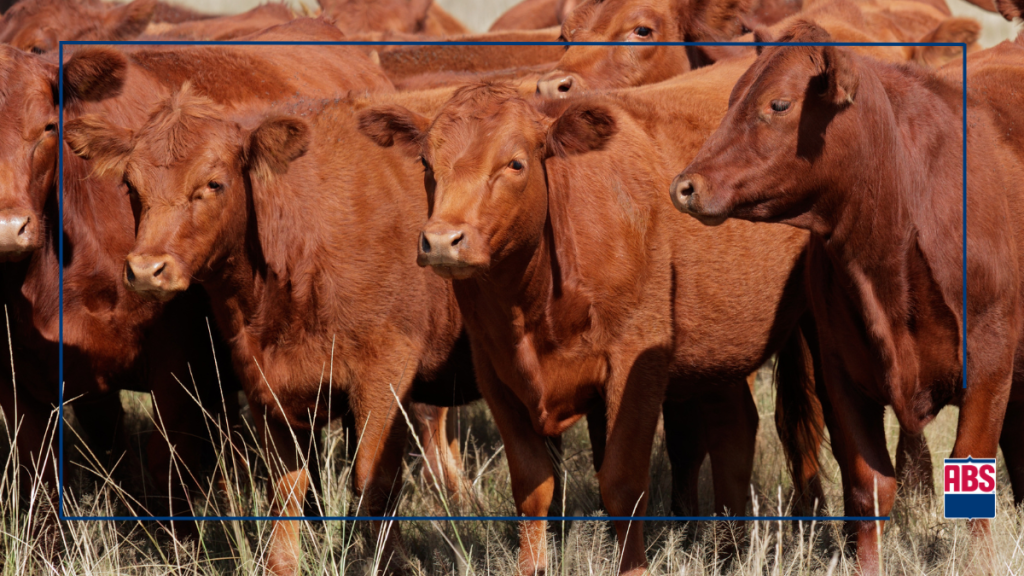Publish date: 6.28.24
The annual Beef Improvement Federation Research Symposium and Convention is a can’t-miss event for cattle genetics enthusiasts. The Beef Improvement Federation has been a foundational organization in the beef industry regarding the development of modern performance testing and genetic evaluation methods. Most of the modern tools we use to quantify the genetic merit of cattle today originated from this organization.
The annual symposium brings together a diverse group of industry stakeholders ranging from the most progressive commercial cattle producers to some of the brightest minds in the field of cattle genetics. Presentations cover a spectrum of topics from practically applicable breeding systems discussions to fundamental scientific topics like epigenetics and gene editing.
This year’s Beef Improvement Federation Symposium was centered around the theme of “Building a Better Cow,” and it couldn’t have been more right for the times.
The meeting opened with a panel focused on creating feeder cattle with profit potential. While much of the discussion focused on the need to cover management basics before worrying about getting paid for genetic “bells and whistles,” the session culminated in a thought-provoking discussion from Lee Leachman.
Ultimately, he left the attendees with a slide invoking questions that still need answering in the field of genetic improvement. The need for improvements to our measurement of feed efficiency and better prediction of carcass weight and red meat yield were relevant messages. One of his last bullets posed the question, “Should we be using systems with terminal sires?” While his question is focused terminally, it also suggests the idea that there must also be a system to produce replacement females. His question was a great jumping-off point for all the presentations during the Beef Improvement Federation Symposium.
Building a Better Cow
As the meeting transitioned to the general sessions, the presenters did a wonderful job of setting the stage for what a better cow could be. There is a growing concern in the industry that while we have made tremendous strides in improving performance and carcass traits in slaughter cattle, we may have sacrificed some maternal traits in the process.
Presentations from researchers Bob Weaber, Larry Kuehn, and Rick Machen all touted the importance of traits impacting cow longevity and maintenance cost as the primary drivers of cow-calf profitability. David Lalman of Oklahoma State University presented a talk titled “The Full Picture of Cow Efficiency” that pulled together many facets of his team’s research that challenged some commonly held assumptions about cow efficiency.
Attendees had the option to attend a variety of breakout sessions, including a presentation from ABS Beef Genetic Program Development Lead, Kenny Wells, about using sexed semen to navigate the genetic fork in the road for today’s beef producers. The discussion centered around our breeding system concept, Sexcel 60/40 Synch which leverages female sexed semen to create replacement females. Throughout the conference, attendees heard a cohesive message focused on getting back to the basics of cow-calf profitability.
The Importance of Adaptability in Your Cow Herd
Woven throughout the 3-day meeting was a message about the importance of adaptability in building a cow herd. New tools like Hair Shedding and Foot Score EPDs are providing producers practical tools to fine-tune their cow herd to its environment.
Dr. Jared Decker of the University of Missouri presented his team’s work in validating the Hair Shedding EPD and encouraged breed associations, who have not done so, to work toward providing a similar tool to their membership. Additionally, Decker re-introduced to the gathering the idea that metabolic efficiency is driven by the surface area of an animal rather than just its weight or frame size. He added that modern imagery tools are bringing us ever closer to a point where collecting a quantifiable phenotype for a trait like surface area is a reality.
Presentations on topics such as horn fly resistance, liver abscesses, and Bovine Congestive Heart Failure rounded out this message of selecting for resilience in challenging environments. Accurately quantifying these adaptability traits and their economic impact appears to be the next frontier in beef cattle genetic improvement.
The Beef Improvement Federation Symposium highlighted the importance of building a better cow to maintain a resilient and sustainable beef business. In a contracting industry with continuous outside pressure and unprecedented competition for necessary resources, the message was more relevant than ever.
Contact your local ABS Representative or complete the form below to find out how you can make matings with intent and ultimately, build a better and more profitable cow.






